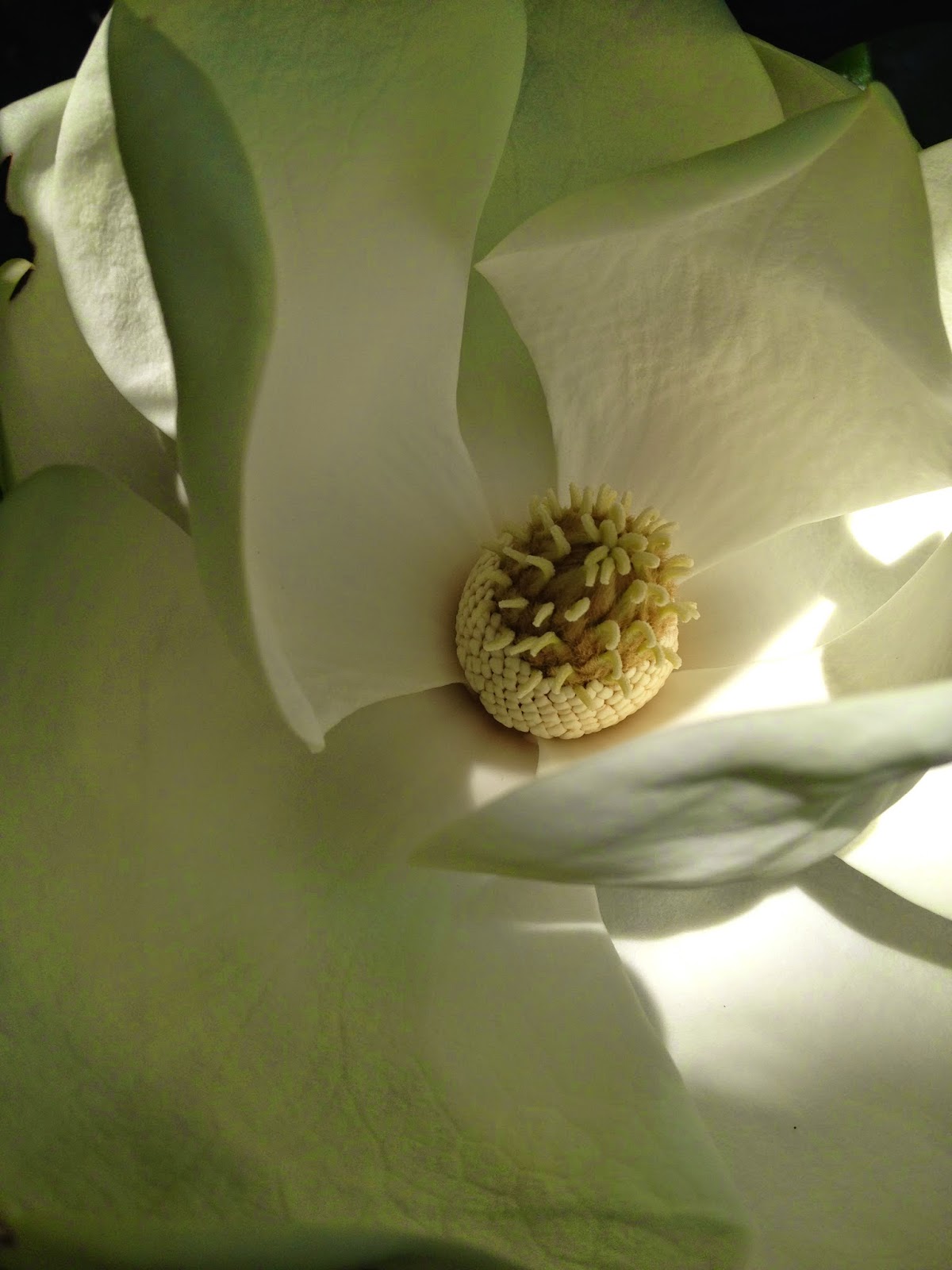I have been chipping away at my thesis work this summer and these past months, besides attending class and teaching a class (Bookbinding 1!)- keeping up with this blog has been hard. This post is about what I have been working on. This idea came to me during Katherine Tachau's Book in the Middle Ages class last fall. Looking at botanicals at the Hardin Rare Book room along with anatomical flap books inspired me to make a book that was a hybrid of the two - a book of botanical anatomies. I wanted to imbue in this book, the aesthetics I had been researching for class. After many months of fleshing out the idea, I finally decided upon a body of work that consists of a handprinted book of botanical anatomies, a watermark stop motion animation and cast paper sculptures. The anatomies in the book are based on the anatomical flap books from the 16th century. I am focusing on three species of flowering plants that greatly influenced my perception of the natural environment during my childhood and young adulthood.
The plants are Nelumbo Nucifera or Sacred Lotus, Hibiscus Rosa-Sinensis or Red Hibiscus, and Magnolia Grandiflora. The book consists of 20 spreads in total. I have done a lot of leg work for it already, and started printing about two and a half weeks ago. Printing everyday for nearly 12 hours a day is the only way I can complete the 110 runs needed to complete the book! Besides that, I need to collate, cut, assemble, trim, sew, and make boxes for the books - not to mention the written thesis, the animation, and the sculptural works - all before November 10.

It
took almost two weeks or more for the paper to dry with the surface
texture I wanted to achieve. I did a number of drying tests and finally
concluded with Tim's guidance that spur drying the sheets in spurs of 8-


The plants are Nelumbo Nucifera or Sacred Lotus, Hibiscus Rosa-Sinensis or Red Hibiscus, and Magnolia Grandiflora. The book consists of 20 spreads in total. I have done a lot of leg work for it already, and started printing about two and a half weeks ago. Printing everyday for nearly 12 hours a day is the only way I can complete the 110 runs needed to complete the book! Besides that, I need to collate, cut, assemble, trim, sew, and make boxes for the books - not to mention the written thesis, the animation, and the sculptural works - all before November 10.
Chancing upon the Magnolia Grandiflora at the Kew Gardens in London this summer
Carving the Magnolia linoleum block
Hibiscus

Changing the image and carving
Carving the block showing the different stages of the maturation of the Lotus pod.
Setting the type for this book took a few days. I still have not set the conclusion, colophon or any of the titles at this point. I wanted to set everything in Joanna, as I am extremely partial to that face, but had to switch to Bembo as we have more 10 pt Bembo that 10 pt Joanna. It was a tough call, but one that had be made.
I
made about 345 sheets of paper in May to print the deluxe edition of
this book. The paper is 80/20 - cotton/hemp paper. It took three or four
solid days out at the Oakdale paper facility for me to make all the
paper.
- then
separating and misting, and then drying in between felts two at a time,
kept under weight in a hand crank press was the best way to achieve the
subtle texture I wanted.
This allowed for some character in the finished sheet without compromising print quality.
The 345 sheets, ready to be cut!
The standard edition is being printed on machine-made Biblio.
Needless to say, it took me about three full days to cut all this paper down.
The standard edition is being printed on machine-made Biblio.
Needless to say, it took me about three full days to cut all this paper down.
Phew!
Making
a large sheet of abca for the folded form part of my thesis work. This
piece will be printed on and folded to resemble and behave like a
diaphragm that imitates the inhalation and exhalation movement of our bodies
All set up to print! September 02.
I am printing using a stencil to mask off certain areas. This way I don't have to carve one block for each colour. It saves on material costs, and this way I feel like I have some more control over the process. I am printing all the imagery first since that is the most time consuming part. I have chosen to do reduction linoleum for all the images. Each illustration has taken between 6-15 runs to create.
Building up the layers of colour for the head of the Lotus flower
The three pink runs. The graphite lines are visible on this proof
All the prints drying. This particular spread is a run of 70
Carving away the Hibiscus for the second run of red
The final and fourth run of red for the head of the Hibiscus
Its rather small
Printing white for the first run of the Magnolia

The Magnolia was tough to print. The first run was opaque white with a little bit of transparent. The second run was yellow, opaque white and transparent and the third grey layer was silver mixed with transparent white, opaque white and a touch of black. So far, getting the colours exactly right is taking me the longest

The first run of green on thethe Magnolia,
on the Lotus,
and on the HIbiscus























The multi-run hibiscus already looks nice. Looking forward to the typeset pages.
ReplyDeleteAnd good luck with the rest!